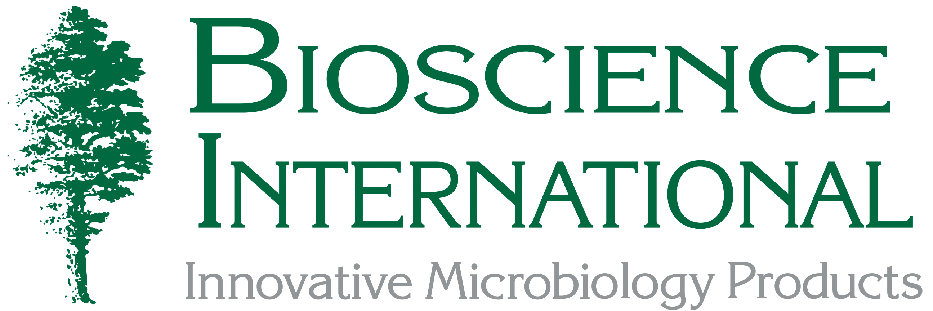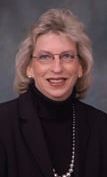Click here for more information on the SAS air sampler, which operates in full compliance with USP 797.
![]()
USP 797—Best Practices
By Laura A. Thoma, Professor of Pharmaceutical Sciences, University of Tennessee Health Science Center
From Bioscience World
IN THE REVISED Chapter of USP 797 Pharmaceutical Compounding – Sterile Preparations, the requirement of the frequency of environmental monitoring has been greatly reduced.
The chapter states that active air viable monitoring is to be done at a minimum of every 6 months, as part of the re-certification of facilities and equipment, after service of facilities and equipment and when problems with end-products, staff technique or work practices are identified. Glove fingertip sampling shall be done three times initially during evaluation of garbing and gloving competency with re-evaluation occurring along with the annual or semi-annual media fills and surface sampling shall be performed periodically.
These stated frequencies are the very minimum required. More frequent sampling will give a better picture of microbial bioburden and allow for earlier detection of a problem or loss of control in the facility.
The data generated from air viable monitoring should
be reviewed on a regular basis and used to identify a loss of environmental
control and to
locate and correct
the problem.
Surface
sampling is a good way to evaluate the state of your
facility, the effectiveness of your cleaning and disinfection
program and the work practices of employees.
It is necessary to develop a sampling plan based on the risk of the compounding activities being performed. Choose sites in each ISO Class 5 environment and at nearby locations in the ISO Class 7 or 8 areas with the greatest risk of contamination. A good sample plan must include the locations to be sampled, method of collection, frequency of sampling, volume of air to be sampled, the time of day as related to activity and the action level. Sampling must occur frequently enough to be useful and the data must be reviewed.
More information obtained about the bioburden in the facility leads to a better understanding of the overall state of control.
![]()
Laura A. Thoma, Pharm.D. |
Laura A. Thoma, Pharm.D., is Professor of Pharmaceutical Sciences and Director of the Parenteral Medications Laboratories, University of Tennessee Health Science Center. Dr. Thoma is
responsible for the
University’s sterile
product manufacturing |
![]()
For More Information Contact:
Bioscience International
11333 Woodglen Drive
Rockville MD 20852
Tel: 301-231-7400
FAX: 301-231-7277
Internet: BioInfo@Biosci-Intl.com

